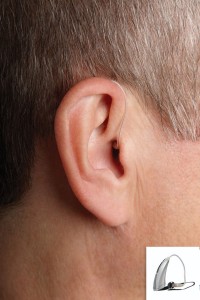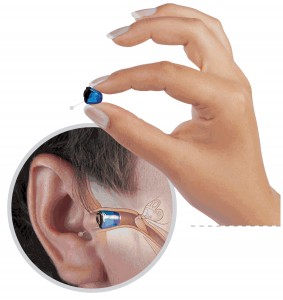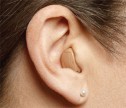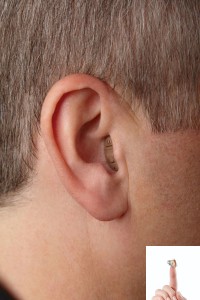
Advanced Hearing Aid Solutions
Sensorineural hearing loss is commonly treated with advanced hearing aids that amplify sound to match an individual’s needs. For some, surgically implanted devices like cochlear implants or Bone Anchored Hearing Aids (BAHA) can directly stimulate the hearing nerve for improved sound reception. Recent advances in digital hearing aids have transformed the lives of millions, especially those in their 50s and 60s, by enhancing hearing without fully restoring it.
Today’s hearing aids are a technological wonder, and modern devices use digital technology to adjust amplification and minimize feedback.
Why Treatment is Crucial
Modern hearing aids, now discreet and customizable, can greatly enhance quality of life, confidence, and independence. Untreated hearing loss has been linked to higher risks of dementia, social isolation, and falls. Cognitive decline begins 3.2 years earlier in those with untreated hearing loss, and seniors are far more likely to develop dementia without treatment. Even mild hearing loss triples the risk of falls, with the risk increasing as hearing worsens.

Types of Hearing Aids
Receiver-in-Canal (RIC)
Receiver-in-canal (RIC/RITE) hearing instruments are worn behind the ear and come with tiny housings(smaller than traditional BTE’s). The receiver is connected to the hearing aid through a thin wire (not much thicker than dental floss)and sitsdirectly in the ear canal. The receivers come in different sizes based on the patients hearing loss and ear diameter. RICs are easily adjusted and are quite commonly referred to as the most comfortable, discreet type of amplification.

Behind-the-Ear (BTE)
BTE hearing aids are among the most flexible and work with the widest range of hearing loss. Directional microphones, multiple listening programs and a tele-coil for compatibility are available for these models. The hearing aid is placed behind your ear and connects to a custom ear mould placed inside your ear. BTE hearing aids are powerful and durable, and among the most popular hearing devices. They can be fitted on the day of the hearing test, based on your diagnosis and prescription.

Invisible-in-the-Canal (IIC)
Like CIC’s, these cosmetically discreet instruments are custom made to fit inside your ear canal. However, IIC devices sit deeper (beyond the second bend of the canal). Because they’re deeper in the ear, they’re not at all apparent and typically come in shades to mimic the shadows of the ear.
In the Ear (ITE)
ITE hearing aids are custom-made from an impression of your ear canal, and have no visible wires or tubes. ITEs are placed inside the ear, are lightweight and less visible than BTE devices. These devices are commonly used for those with a moderate hearing loss.

In the Canal (ITC)
ITCs are custom-fitted and placed inside the ear canal. There are no wires and sound is funneled through the hearing aid for clarity. ITCs are appropriate for mild to severe hearing loss. The size of the ear may limit use of this type of device.

Completely in the Canal (CIC)
With CICs, the entire hearing aid is placed deep inside the ear canal, making them the least visible. CICs are custom fitted to the wearer’s ear canal, are very small in size and are almost invisible. They sit very close to the eardrum, which helps improve sound quality and reduce echoing.


What to Expect
While a hearing aid won’t restore normal hearing, it can help you hear many previously unnoticed sounds, like the ticking of a clock. Initially, sounds may feel unnatural, but as your brain adjusts, they will become more familiar. This adjustment period usually lasts a few weeks, but it can extend up to a few months. Hearing aids can be custom-fitted for comfort, and occasional adjustments may be needed to maintain the perfect fit as hearing loss progresses. Most people adapt to the process of relearning to hear over time.
Fine-Tuning Your Hearing Aids
Personalized Fitting
The fitting process involves customizing your hearing aids to meet your specific needs.
Multiple Sessions
This usually occurs over several sessions as you wear the devices in different environments.
Expert Guidance
Your audiologist will provide information on available options and technical aspects, helping you choose the best solution for your hearing needs.
Feedback Matters
Your input is crucial for your hearing care professional to make necessary adjustments.
